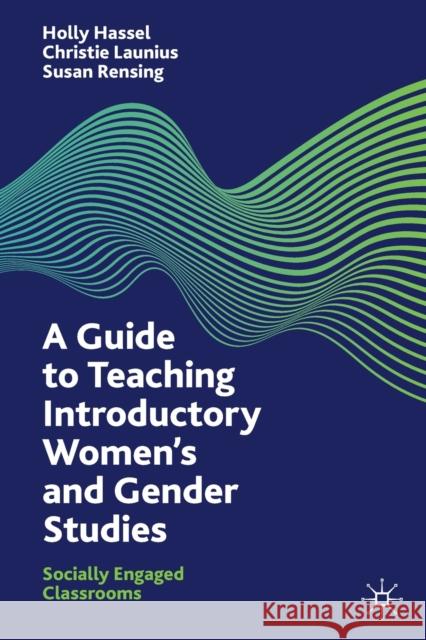A Guide to Teaching Introductory Women's and Gender Studies: Socially Engaged Classrooms » książka
topmenu
A Guide to Teaching Introductory Women's and Gender Studies: Socially Engaged Classrooms
ISBN-13: 9783030717841 / Angielski / Miękka / 2021 / 133 str.
A Guide to Teaching Introductory Women's and Gender Studies: Socially Engaged Classrooms
ISBN-13: 9783030717841 / Angielski / Miękka / 2021 / 133 str.
cena 140,86
(netto: 134,15 VAT: 5%)
Najniższa cena z 30 dni: 127,20
(netto: 134,15 VAT: 5%)
Najniższa cena z 30 dni: 127,20
Termin realizacji zamówienia:
ok. 22 dni roboczych
Dostawa w 2026 r.
ok. 22 dni roboczych
Dostawa w 2026 r.
Darmowa dostawa!
Kategorie:
Kategorie BISAC:
Wydawca:
Palgrave MacMillan
Język:
Angielski
ISBN-13:
9783030717841
Rok wydania:
2021
Wydanie:
2021
Ilość stron:
133
Waga:
0.22 kg
Wymiary:
23.39 x 15.6 x 0.84
Oprawa:
Miękka
Wolumenów:
01
Dodatkowe informacje:
Komentarz
Wydanie ilustrowane
Wydanie ilustrowane











